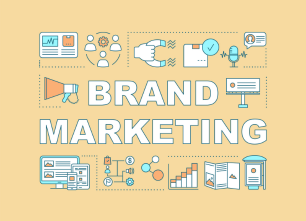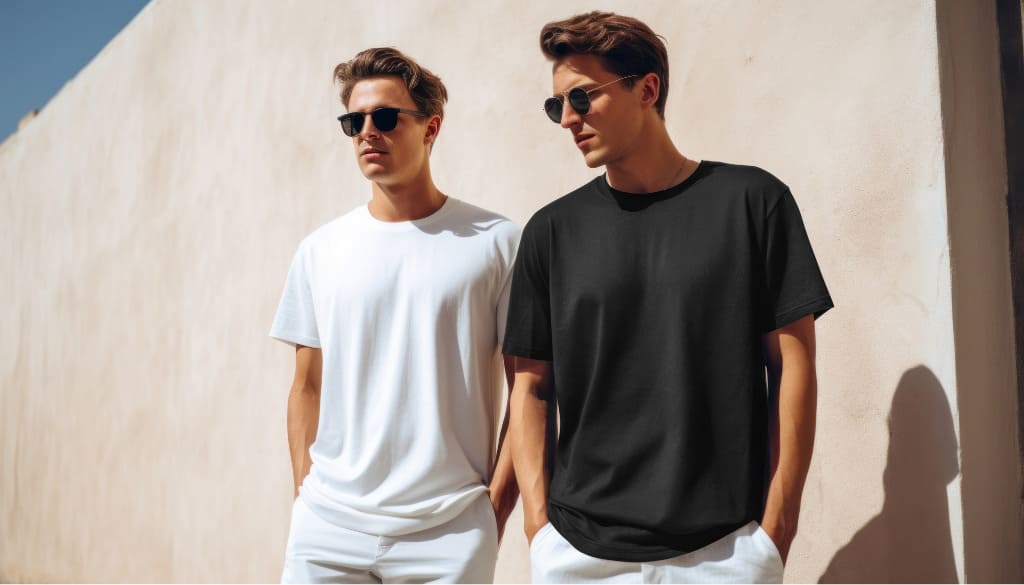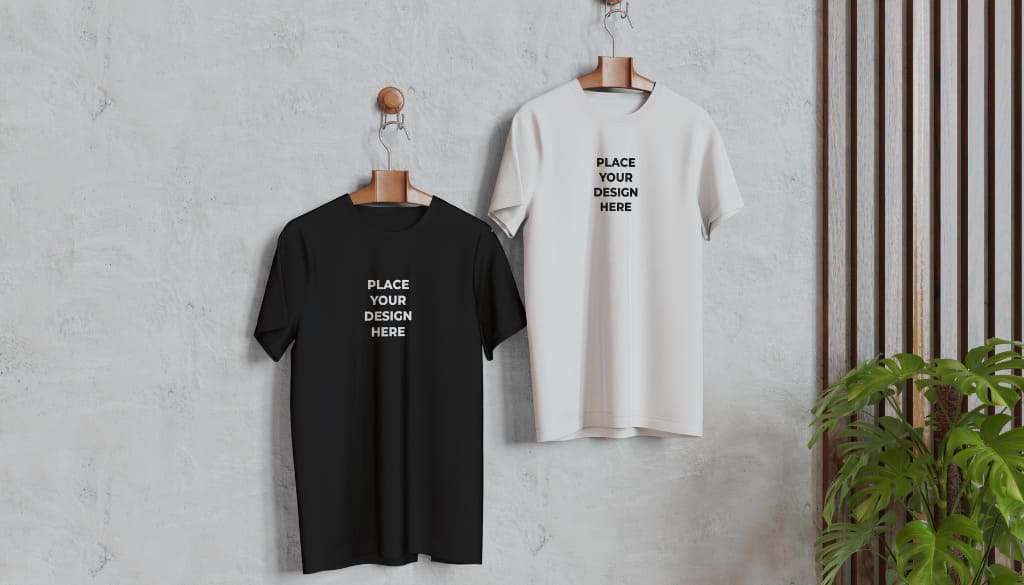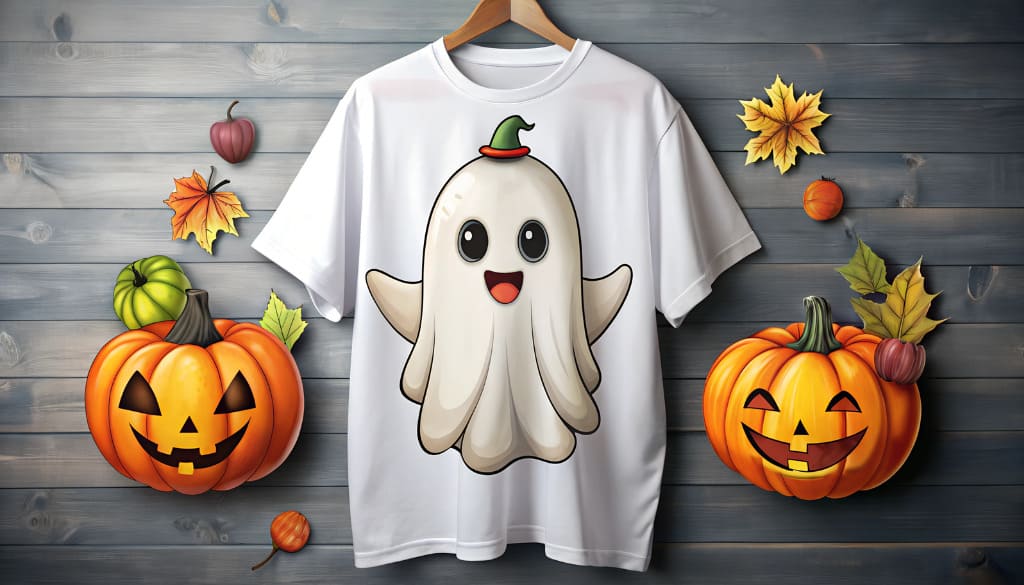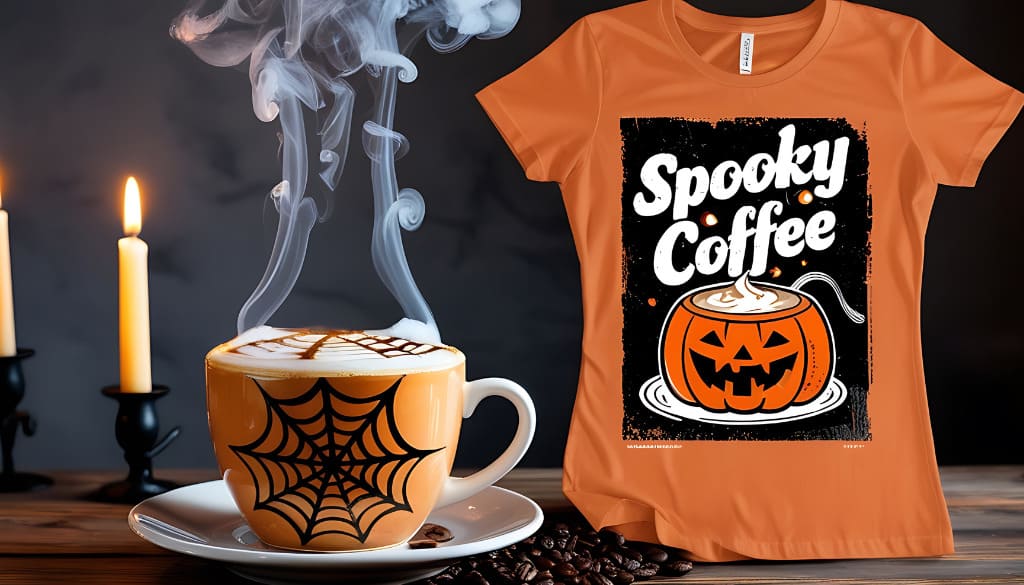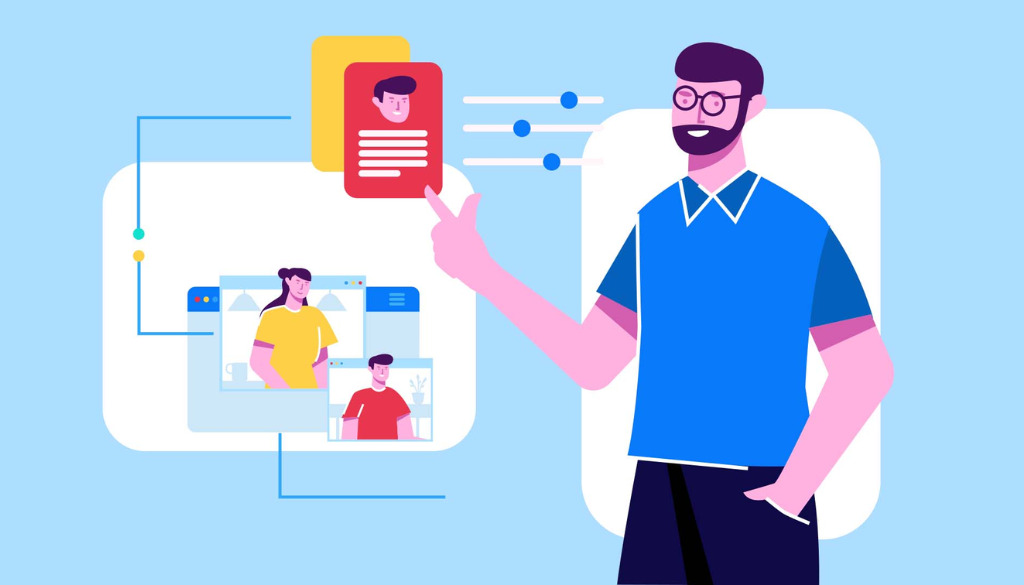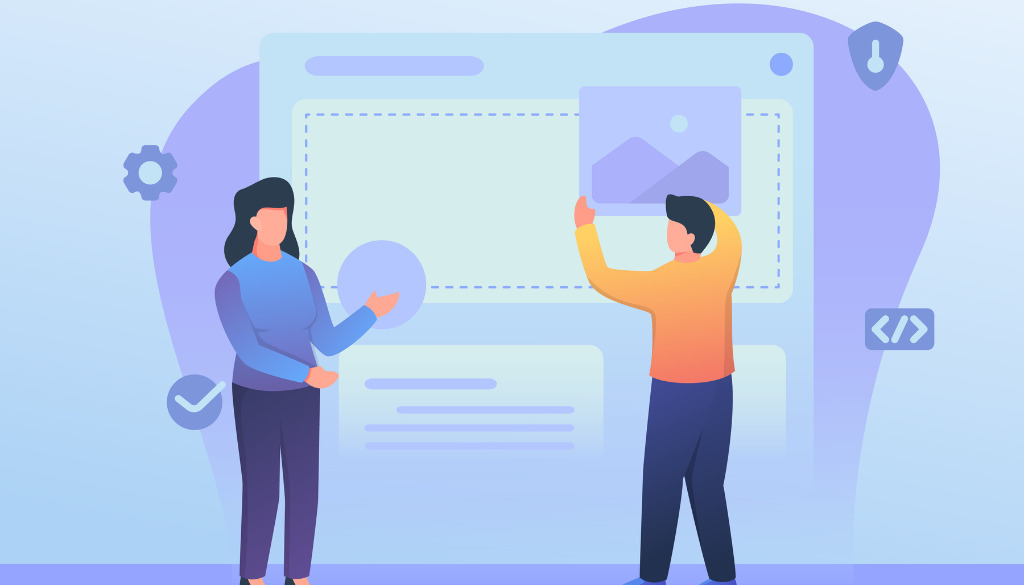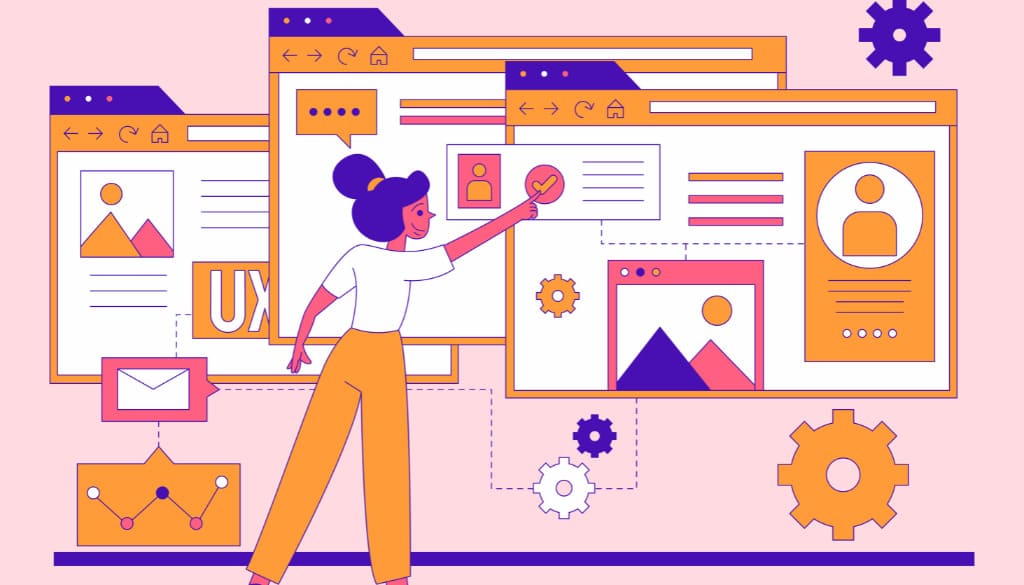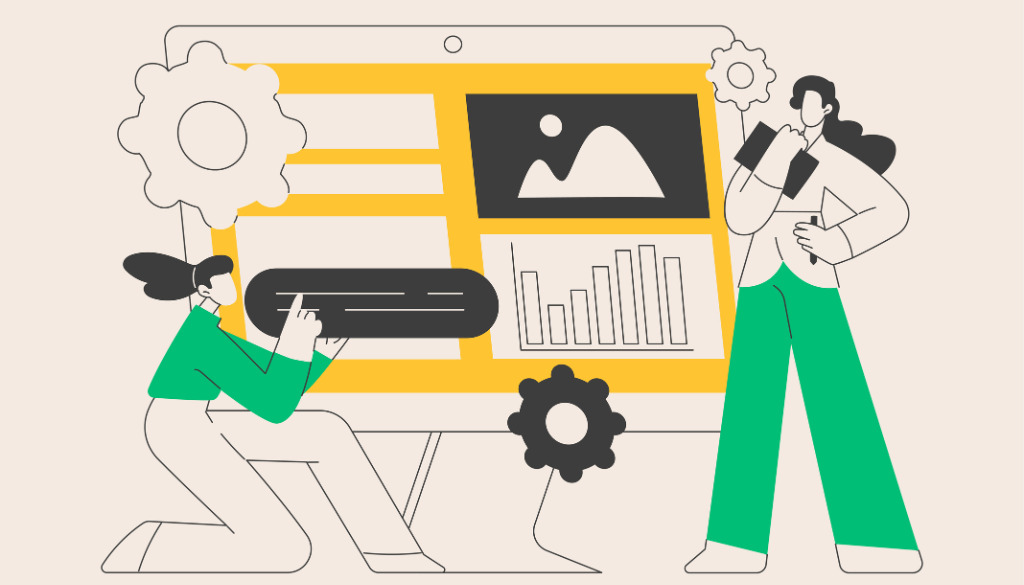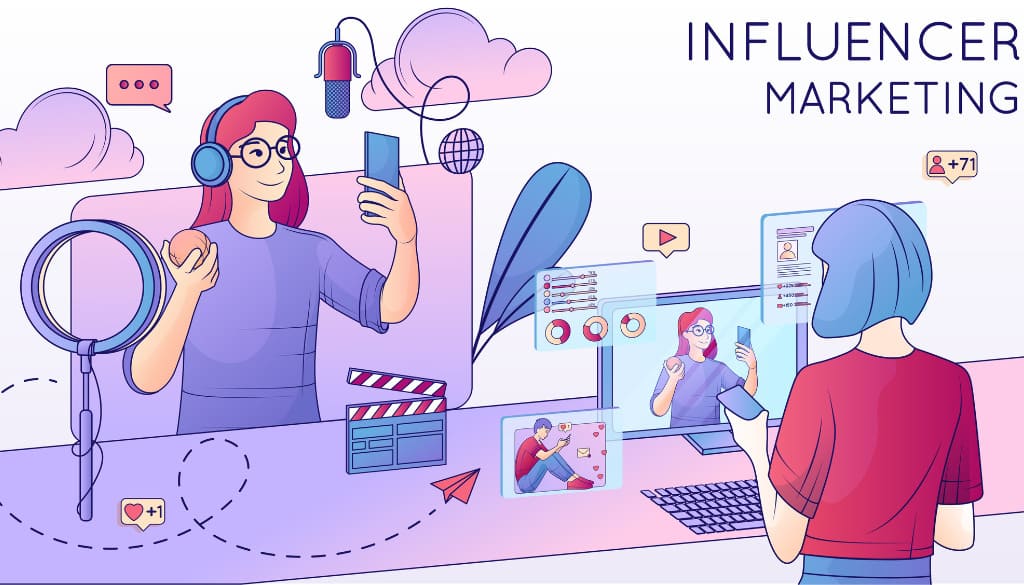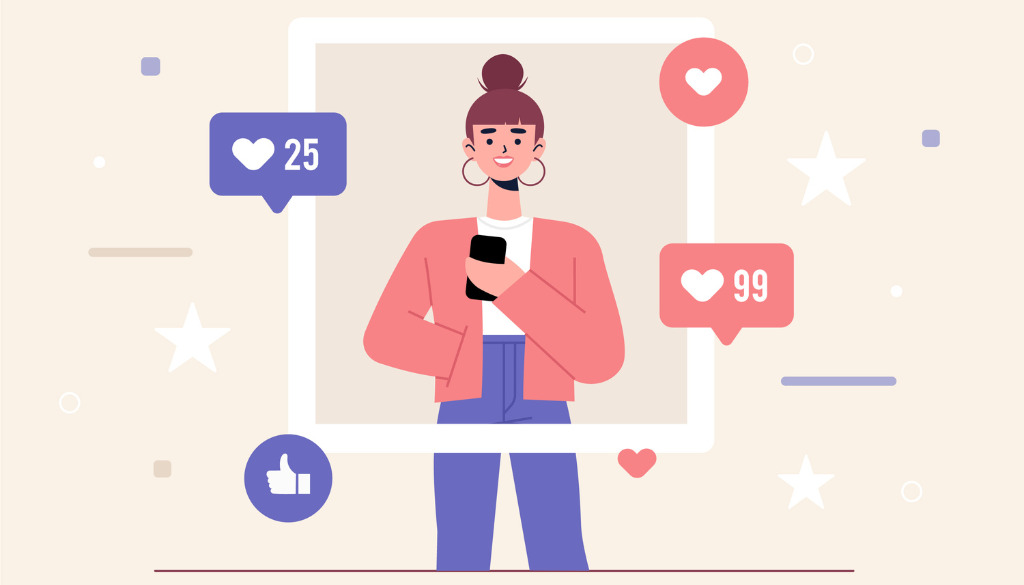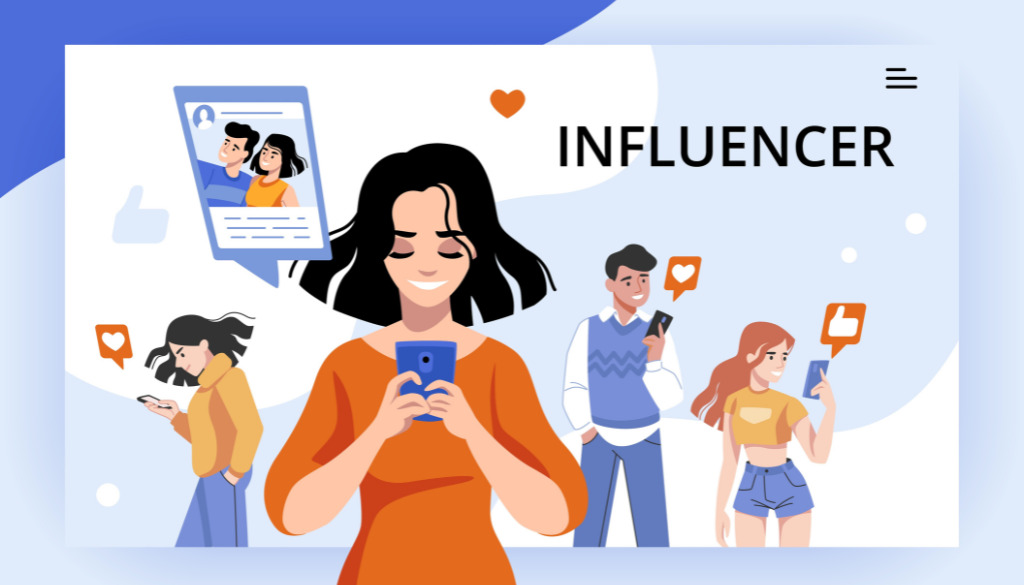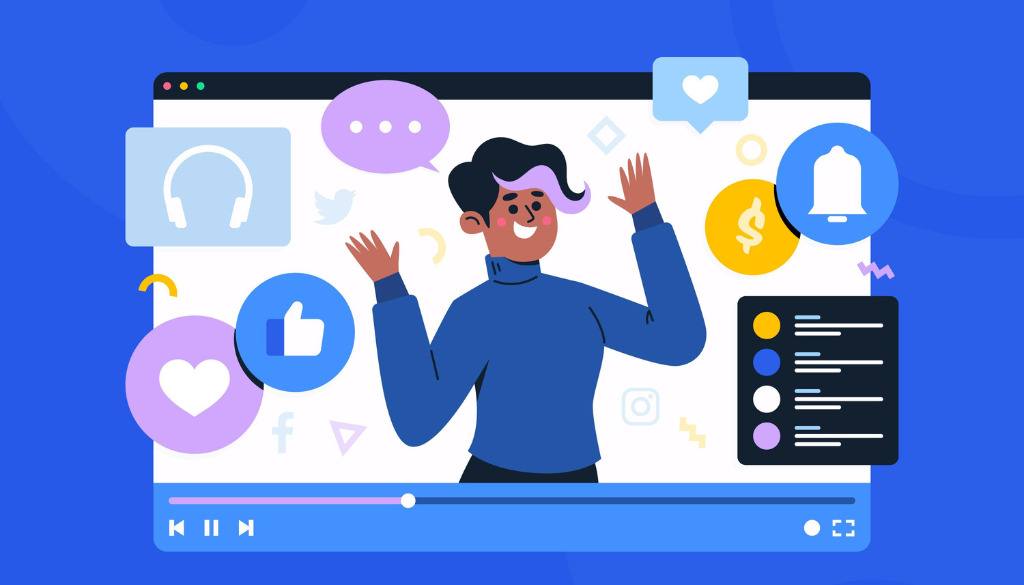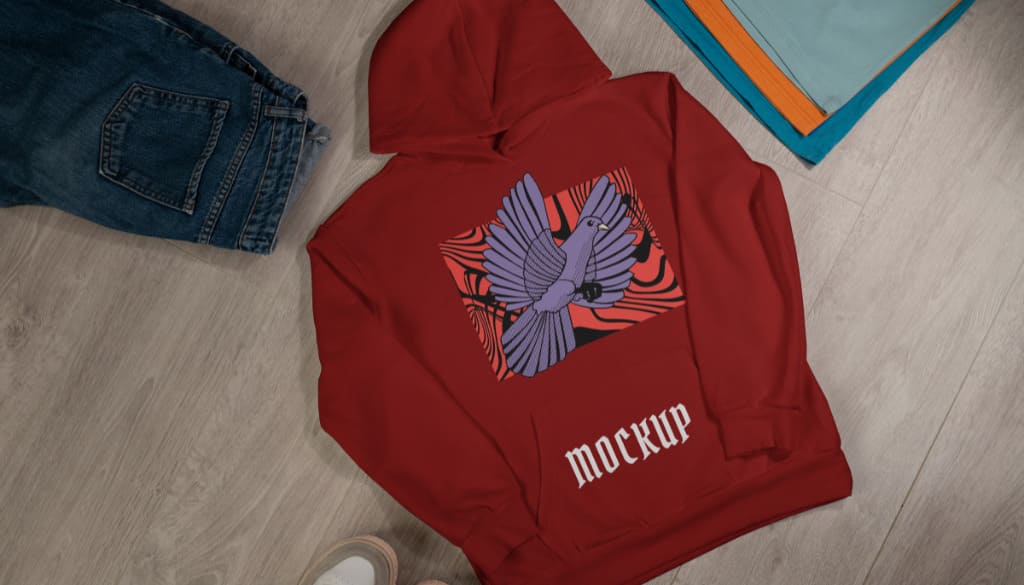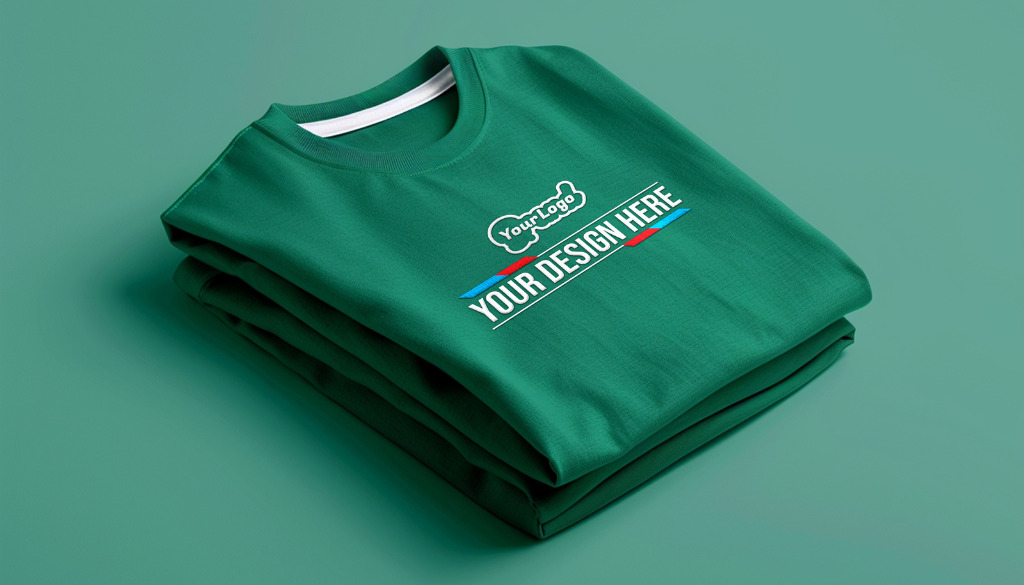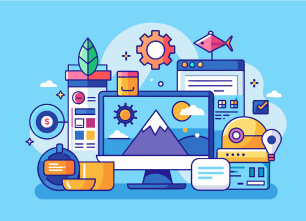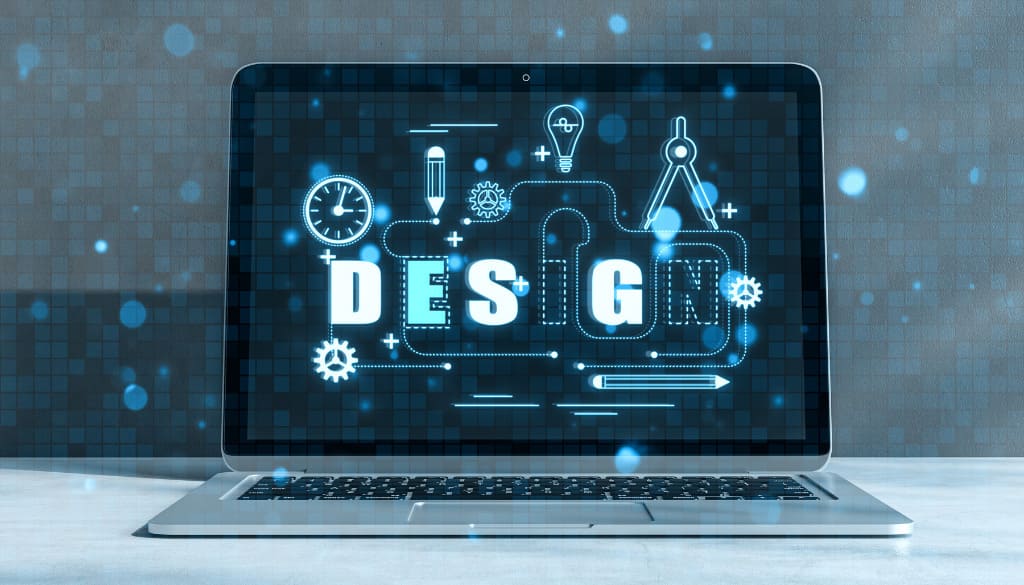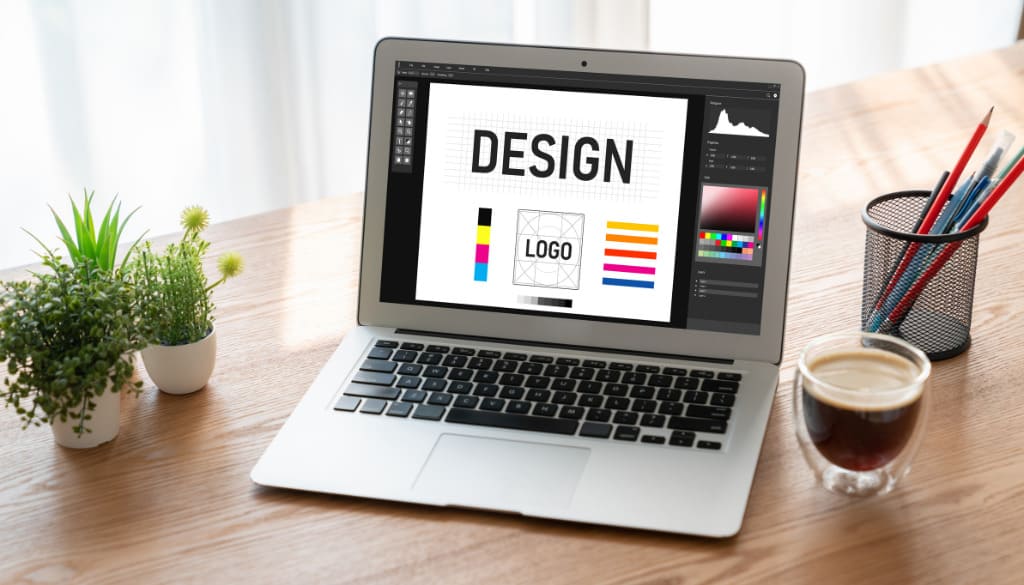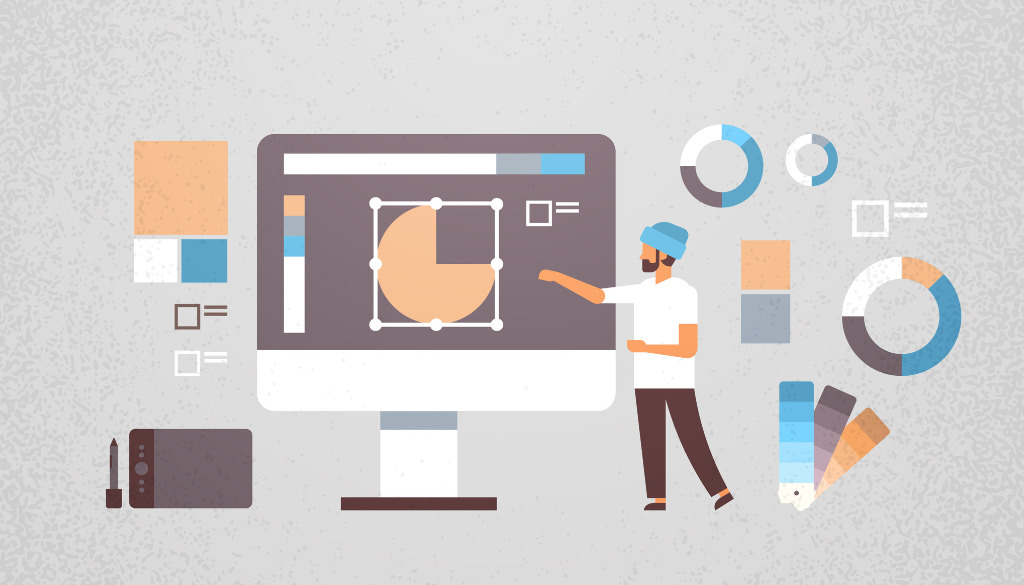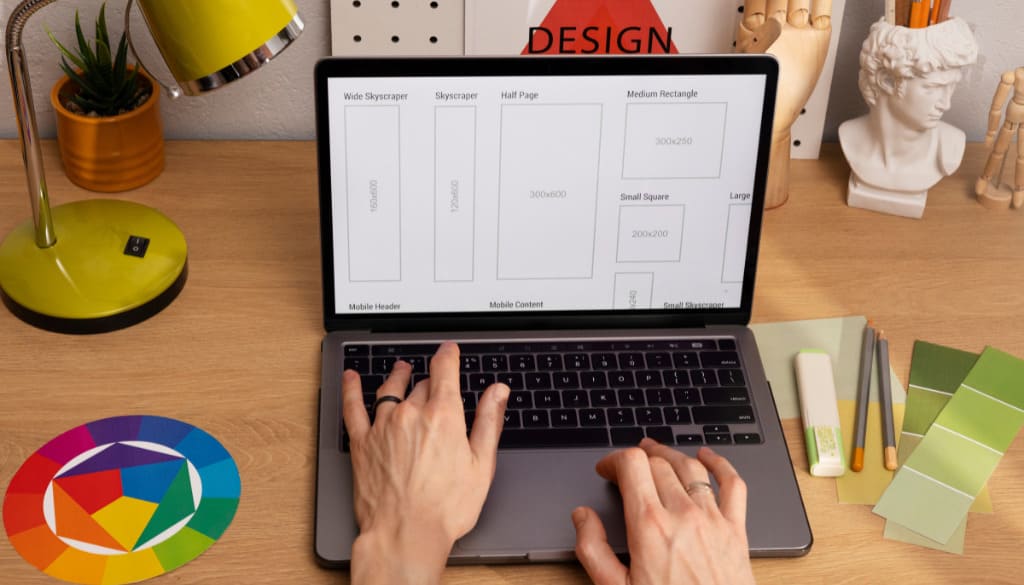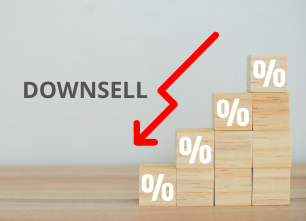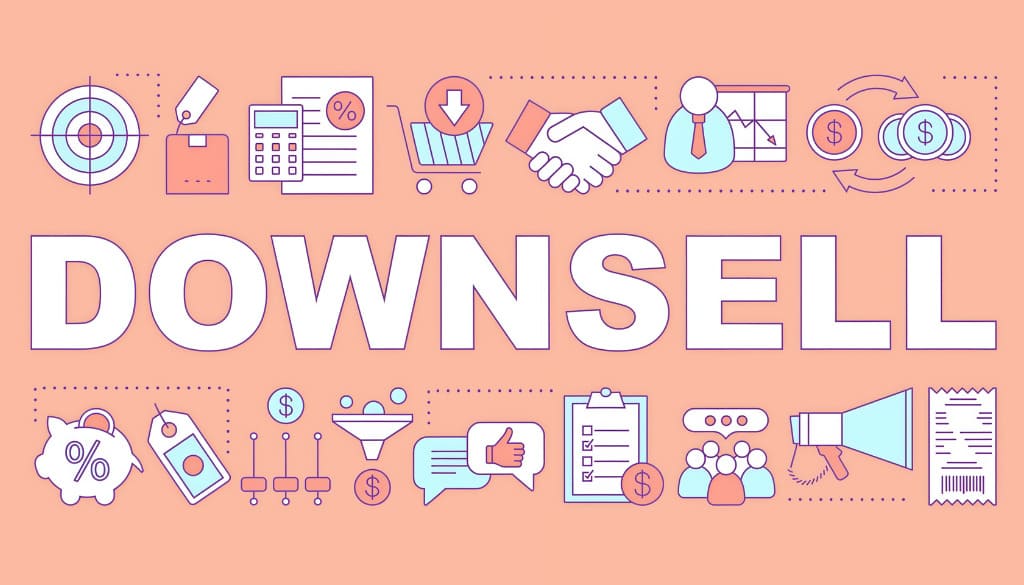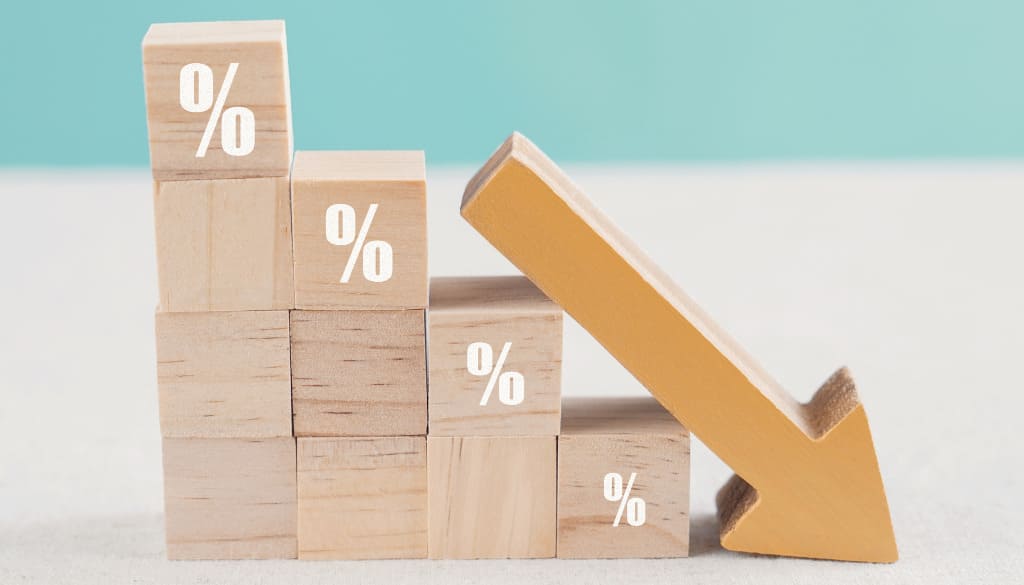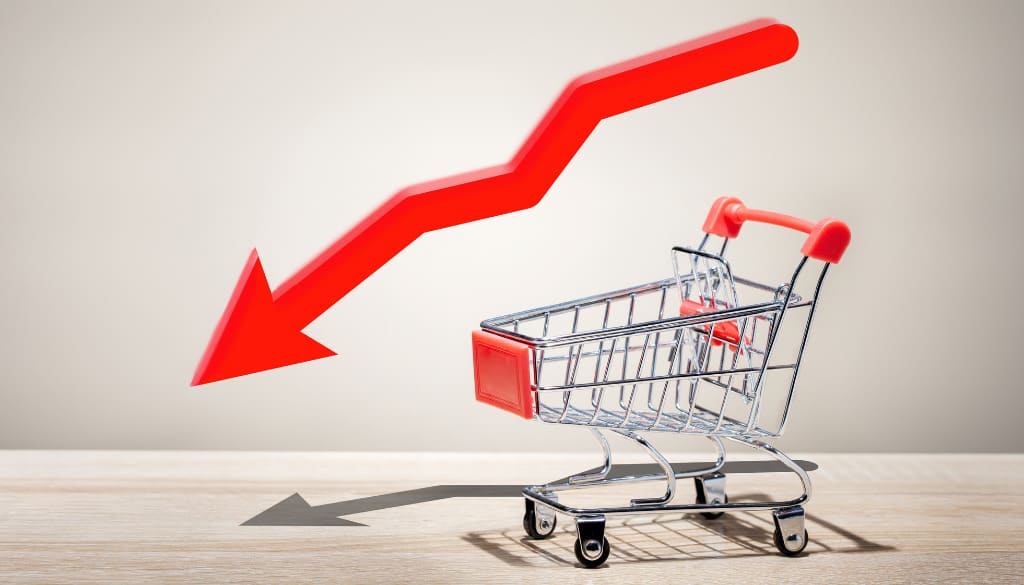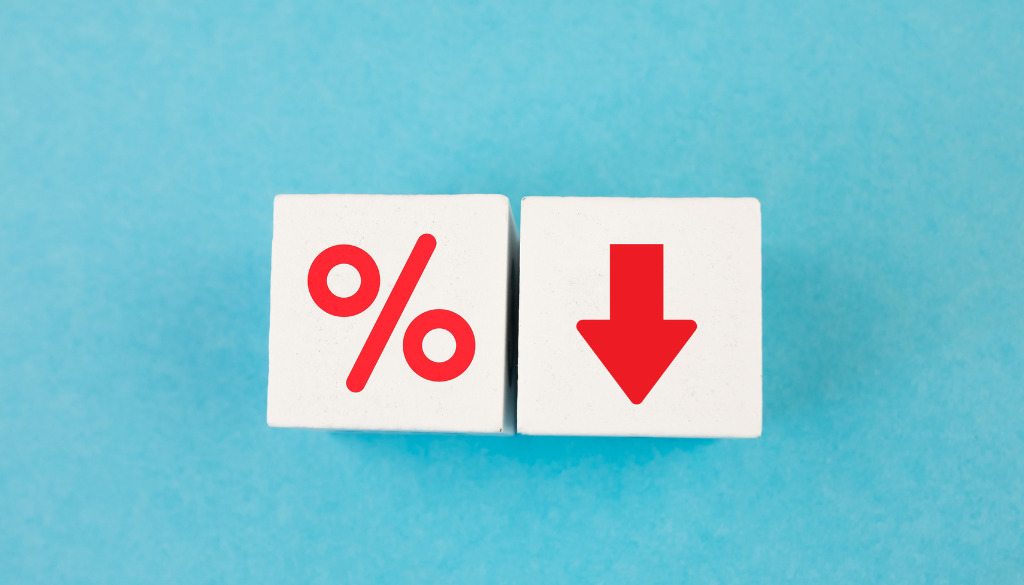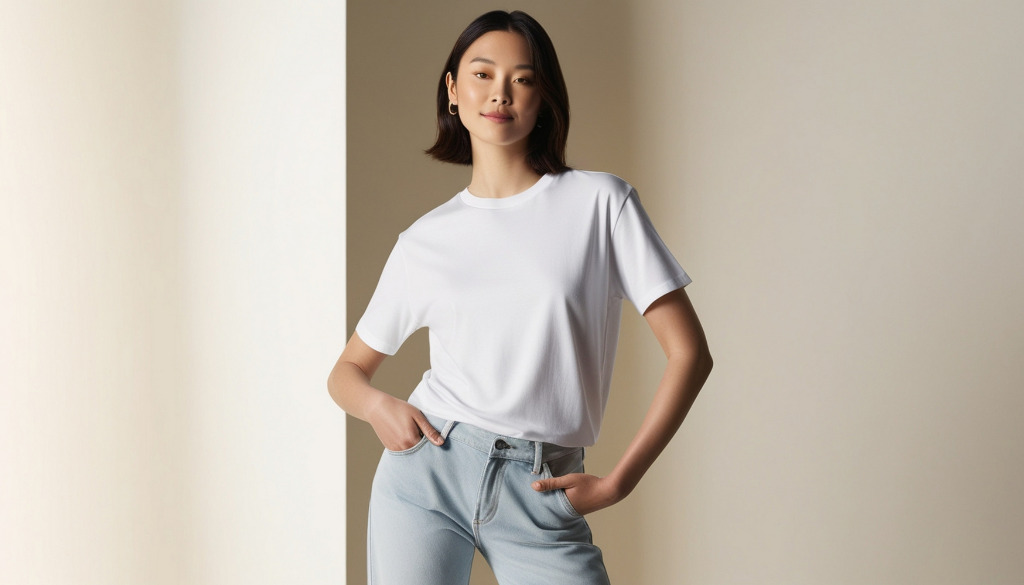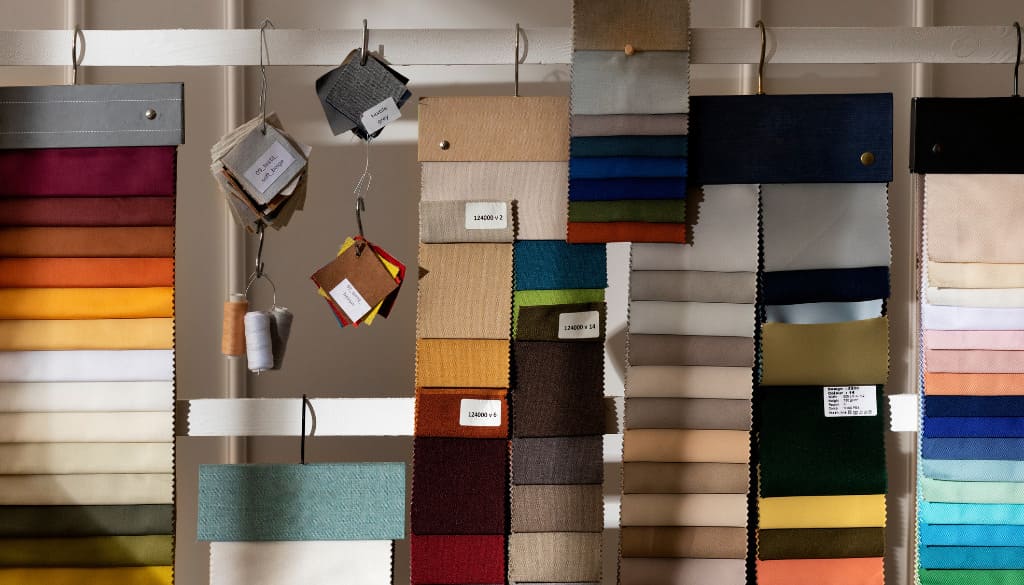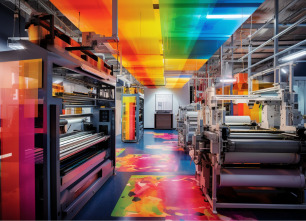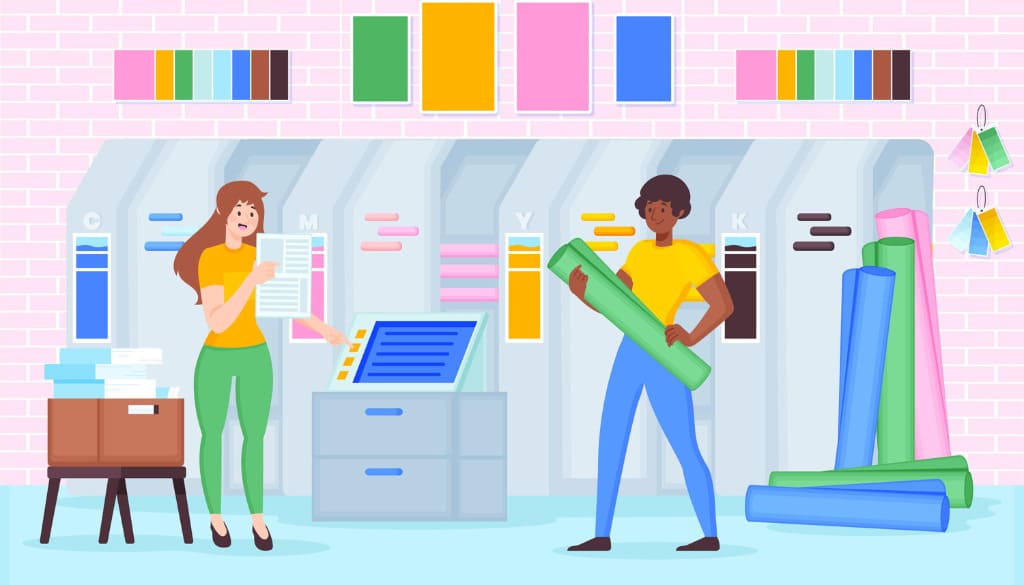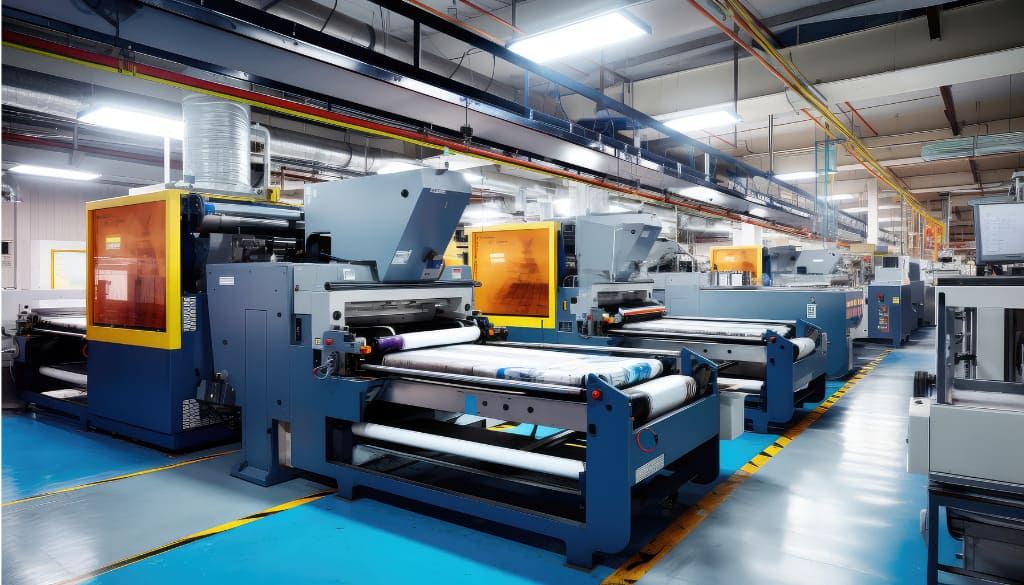In the highly competitive POD environment, having a good product alone isn’t enough for long-term success. What truly sets your brand apart, builds trust, and retains customers is brand marketing. This foundational strategy helps POD sellers not only sell products but also create a strong brand identity, share their story, and establish lasting brand value. This article will guide you through everything from the basic concepts to comprehensive A-Z strategies for building your POD brand, covering core elements, benefits, and effective marketing methods.
What is Brand Marketing?
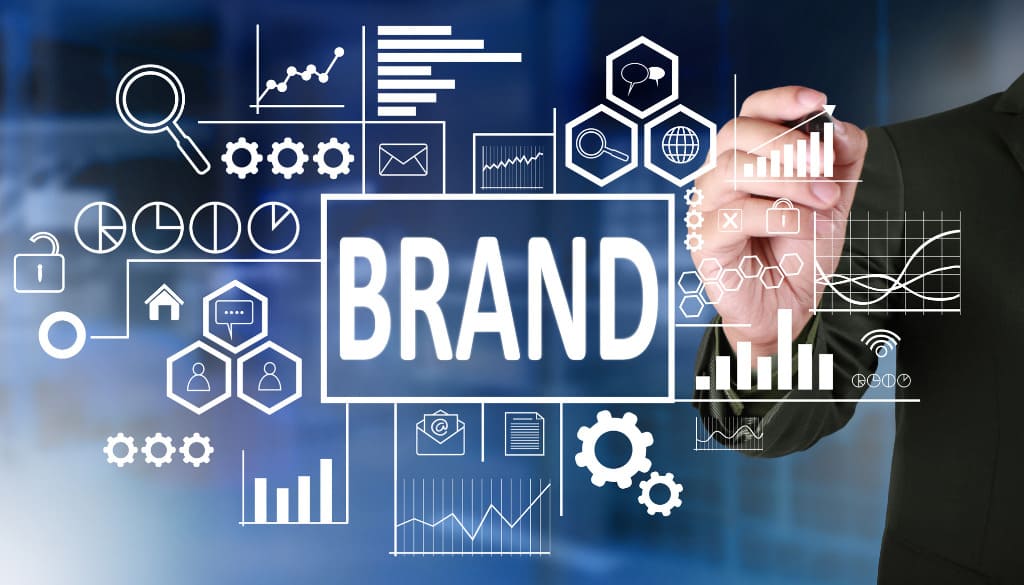
Brand marketing is the process of promoting your entire brand rather than just focusing on selling a few individual products. It involves a series of strategic activities aimed at shaping how customers perceive and feel about your POD store. The ultimate goal is to create a unique identity, a compelling story, and a strong, lasting relationship with your customer community.
Think about it, why are customers willing to pay a higher price for a t-shirt with a well-known brand logo when there are countless cheaper alternatives? That is the power of branding.
For POD sellers, brand marketing isn’t optional—it’s essential:
Stand Out in a Sea of Competitors
The POD market is extremely crowded. If you only compete on price or design, you’ll be stuck in a never-ending race to the bottom. A strong brand gives you the edge, providing a clear reason for customers to choose you over thousands of other sellers.
Build Customer Loyalty
Customers don’t just buy a product, they buy into a brand. When they feel connected to your story, values, and brand personality, they’ll come back again and again, often becoming loyal advocates who promote your business voluntarily.
Increase Perceived Value & Profit Margins
A strong brand allows you to price your products based on value, not just production costs.
Statistics show that brands with strong recognition can increase revenue by up to 23%.
Foundation for Long-Term Growth
With a well-established brand, launching new products, expanding into different niches, or even collaborating with other brands becomes much easier and more successful.
Core Elements of Brand Marketing
To achieve successful brand marketing, you need to build a solid foundation with the following elements:
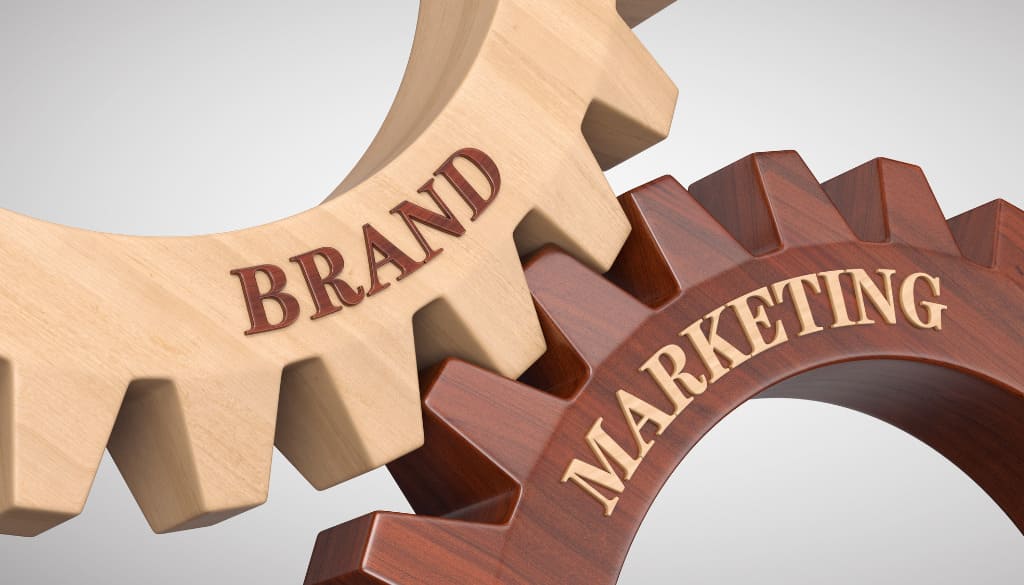
Brand Identity
These are the tangible factors that form the first impression and leave a lasting mark on customers’ minds. A professional and consistent brand identity instantly builds trust.
- Logo: Your logo doesn’t need to be complicated. It should be simple, recognizable, and reflect your POD store’s unique style. It will appear everywhere—from your website and product tags to social media profile images.
- Primary Color Palette: Colors have the power to influence emotions. Choose a palette that aligns with your brand’s personality.
- Blue evokes trust and professionalism.
- Orange represents energy and creativity.
- Black and gold convey a sense of luxury and exclusivity.
- Typography (Fonts): Consistently using the same fonts across all platforms—from your website and product descriptions to marketing materials—helps create a distinctive and memorable brand personality.
- Imagery & Tone of Voice: Every element, from mockup images and banner ads to social media posts, should follow a consistent style. The tone you use—whether humorous, inspirational, or professional—must be aligned across all platforms, including TikTok Shop, Amazon Storefront, and customer emails.
Real-World Example
FlashShip uses a blue and orange color scheme as its primary palette.
- Blue represents trust and reliability in fulfillment operations.
- Orange symbolizes speed and agility.
This branding approach is consistently applied across all platforms, creating a modern and professional brand image that resonates with customers.
Brand Positioning
Brand positioning helps you answer the most important question:
“Among countless competitors, why should customers choose your products?”
To find the answer, you need to:
1. Analyze Competitors
Understand what they are selling, their pricing strategies, and their Unique Selling Proposition (USP). This helps you identify gaps and opportunities in the market.
2. Understand Your Customers
Gain insight into what your customers truly value. Are they looking for:
- Affordable products?
- Unique, one-of-a-kind designs?
- Premium quality fabric and high-end printing techniques?
3. Choose a Positioning Strategy
Based on your analysis, you can select or combine the following approaches:
- Price-Focused Positioning: Offer products at highly competitive prices to attract a large customer base.
- Quality-Focused Positioning: Highlight advanced printing processes and premium blanks, such as Comfort Colors 1717, to appeal to customers willing to pay more for superior quality.
- Exclusive Design Positioning: Create artistic, niche-specific products that cannot be found elsewhere.
Brand Storytelling
Modern customers don’t just buy a t-shirt; they buy into a story and a set of values they believe in.
Tell them your story by sharing:
- History & Passion: How did your brand start? What inspired you to create these designs?
- Mission: What value do you aim to bring to your customers through your products?
- Core Values: What does your brand stand for—creativity, sustainability, or supporting a particular community?
A genuine story builds an invisible bond, turning customers into true fans and loyal advocates.
Customer Experience
An exceptional shopping experience can turn one-time buyers into repeat customers and free brand ambassadors. Focus on:
- Fast Shipping: Speed is critical. A strong fulfillment partner like FlashShip, with the ability to deliver orders in as little as 2 days within the U.S. market, gives you a major competitive advantage.
- Seamless Buying Process: Ensure your website is user-friendly, loads quickly, and supports multiple convenient payment methods.
- Outstanding Customer Support: Respond promptly, provide thoughtful assistance, and implement flexible, professional problem-solving policies to maintain customer trust and satisfaction.
Brand Positioning
Brand positioning helps you answer the most important question:
“Among countless competitors, why should customers choose your products?”
To discover the answer, you need to:
1. Analyze Competitors
Understand what they are selling, their pricing strategy, and what their Unique Selling Proposition (USP) is. This will help you identify market gaps and determine how you can stand out.
2. Understand Your Customers
Discover customer insights: Are they looking for affordable products, unique, one-of-a-kind designs, or premium fabric quality and high-end printing?
3. Choose a Positioning Strategy
Based on your analysis, you can choose one or a combination of the following approaches:
- Price-Focused Positioning: Offer products at competitive prices to attract a large customer base.
- Quality-Focused Positioning: Emphasize advanced printing processes and premium blanks, such as Comfort Colors 1717, to appeal to customers who are willing to pay more for superior quality.
- Exclusive Design Positioning: Create artistic, niche-specific designs that can’t be found anywhere else.
Diverse Marketing Channels
To grow your brand, you can’t rely on just one channel. Combine them strategically:
- Trend-Driven Channels: Leverage the power of viral videos, KOLs, and influencers on TikTok Shop.
- Major E-commerce Platforms: Conquer Amazon and Etsy by optimizing product SEO, investing in high-quality images, and crafting compelling descriptions.
- Customer Retention Channels: Use email marketing to nurture existing customers, send exclusive promotions, and share updates on new products.
- Community-Building Channels: Engage and connect directly with customers through social platforms like Facebook, Instagram, and Pinterest.
When combined, these five elements form a symphony, harmonizing to create a distinctive and powerful identity for your POD brand. This integrated approach enables you to stand strong and grow sustainably in today’s competitive marketplace.
The Benefits of Brand Marketing
Brand marketing provides long-term value for POD sellers, driving sustainable growth and stability in a competitive marketplace.
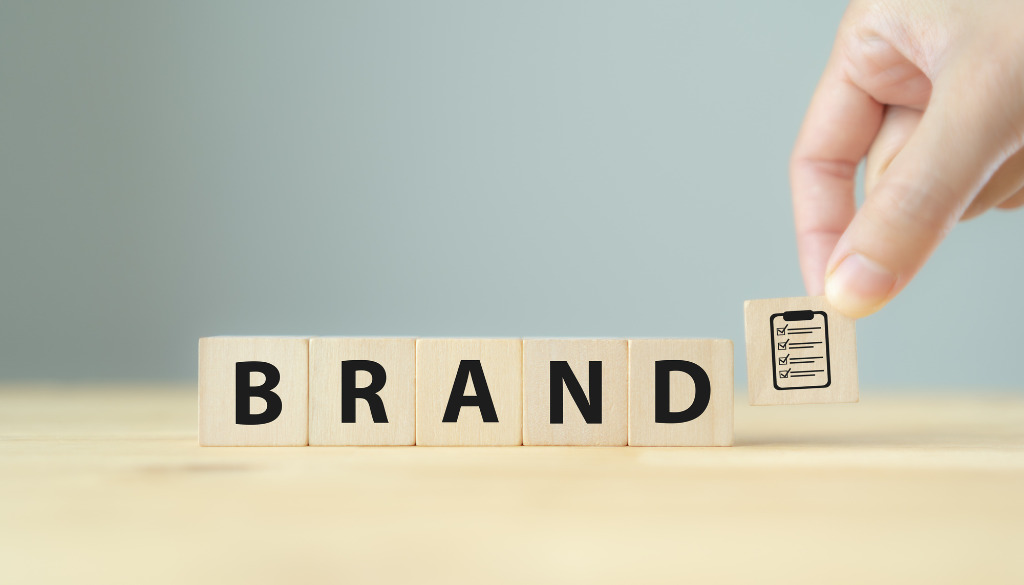
Increase Brand Awareness and Credibility
A strong brand strategy helps you rise above thousands of competitors.
Instead of being just another anonymous t-shirt store, you become a recognized and trusted name in a specific niche. Customers will remember your brand before they even think of a specific product.
This is the true power of brand awareness: when your brand becomes the first answer to a customer’s need, you’ve already won half the battle.
Example:
When a customer wants a unique, vintage-style t-shirt, your store name should be the first thing that comes to mind.
Improve Customer Retention
Acquiring new customers is always far more expensive than keeping existing ones.
A strong brand builds trust and emotional connections, encouraging customers to return repeatedly.
According to Statista, up to 65% of a company’s revenue comes from repeat customers.
When customers love and trust your brand, they’ll buy again—without needing massive ad campaigns, because their loyalty is already established.
Increase Product Value
Why are customers willing to pay higher prices for branded products?
Because they aren’t just buying a physical item—they’re buying a story, a lifestyle, and the values that brand represents.
A well-positioned brand can sell products at 20–30% higher prices compared to similar unbranded items.
At this point, you’re not just selling a t-shirt, you’re selling confidence, identity, and emotional value to the customer.
Reduce Advertising Costs Over Time
At first, building brand awareness may require significant time and investment.
However, this investment pays off in the long run.
Once your brand is established and has a loyal customer community, marketing costs decrease dramatically.
Happy customers naturally become voluntary brand ambassadors, spreading the word through word-of-mouth marketing—the most effective and trustworthy form of advertising.
Create a Sustainable Competitive Advantage
In the POD market, designs and ideas can be easily copied.
But there’s one thing competitors can never steal: your brand.
Your brand is your story, reputation, and the relationships you’ve built with customers.
This is your strongest moat, protecting your business from fierce competition and serving as your most valuable asset, ensuring long-term growth and stability in the market.
Popular Brand Marketing Strategies

Below are practical strategies every POD seller can start applying right away to grow their brand and attract loyal customers.
Strategy 1: Content Marketing – Tell Your Story Through Content
Content marketing is the heart of every brand marketing strategy.
Instead of constantly pushing ads that say “Buy my shirt!”, focus on providing valuable, engaging, and relevant content to your target audience.
Start a Blog
- Topic Ideas: Write about topics your customers care about.
Example: If you sell t-shirts for dog lovers, create blog posts about dog care tips, heartwarming dog stories, or “Top 10 Smartest Dog Breeds.” - SEO Optimization: Research niche-related keywords (e.g., “gifts for cat lovers,” “corgi print t-shirts”) and naturally integrate them into your content so potential customers can find you on Google.
- Real-World Example: A travel-themed POD store could write blogs like “10 Packing Hacks for Light Travelers” or “Safety Tips for Solo Female Travelers.”
Diversify Content Formats
- Videos: Create unboxing videos, behind-the-scenes footage of your design process, or short TikTok/Reels videos that showcase your brand’s lifestyle.
- Infographics: Present information visually, like a guide on “How to Choose the Perfect T-shirt Size.”
- How-To Guides & Tips: Share styling tips, care instructions for prints, or mix-and-match ideas for your products.
Strategy 2: Social Media Marketing – Build a Community
Social media is where you interact directly with customers and build lasting relationships.
Choose the Right Platforms
- Instagram & Pinterest: Highly effective for POD due to their visual nature.
Focus on high-quality mockups, lifestyle photos, and User-Generated Content (UGC) from customers. - Facebook: Build communities through groups.
Create a private group for your customers where they can share product photos, engage in discussions, and receive exclusive offers. - TikTok: The ultimate platform for trend creation.
Creative, trending short videos can make your products go viral quickly.
Engagement is King
- Don’t just post sales pitches.
Ask questions, create polls, and respond to every comment and message. - Run contests or giveaways to boost participation.
- Use Stories to share authentic, behind-the-scenes brand moments.
Collaborate with Influencers/KOLs
Find influencers in your niche.
Tip: Micro-influencers with smaller but highly engaged audiences are often more effective than big names with low interaction rates.
Strategy 3: Email Marketing – Build a Strong, Direct Connection
Email marketing remains one of the highest-converting channels because you own it—it’s not affected by social media algorithms.
Collect Emails:
- Place signup forms on your website and offer a small incentive like a 10% discount on the first order to encourage subscriptions.
Create Automated Email Sequences:
- Welcome Email: Send immediately after signup, introduce your brand, and include a discount code.
- Abandoned Cart Reminder: Remind customers to complete their purchases.
- Post-Purchase Care Email: Thank customers, provide product care tips, and encourage them to leave a review.
Send Weekly or Monthly Newsletters:
- Share new blog posts, product launches, and special promotions.
- Include behind-the-scenes stories or team updates to humanize your brand.
Strategy 4: Search Engine Optimization (SEO) – Let Customers Find You
SEO helps your online store rank higher on search engines like Google, bringing in organic traffic.
Keyword Research:
Use tools like Google Keyword Planner or Ahrefs to find the terms your target audience searches for.
Focus on long-tail keywords that are more specific, like:
- “birthday gift t-shirt for dad” instead of just “t-shirt”.
Optimize Product Pages (On-Page SEO):
- Product Titles: Include main keywords, be clear and attention-grabbing.
- Product Descriptions: Write detailed, natural descriptions that tell a story about the design and emphasize customer benefits.
- Image Alt Tags: Describe product images using keywords (e.g., “black-siamese-cat-graphic-tee”).
Build Backlinks:
When other websites link to your store, it increases your credibility with Google.
You can build backlinks by:
- Guest posting on niche blogs.
- Collaborating with bloggers and influencers.
- Creating valuable content others want to reference.
By combining these strategies, POD sellers can grow visibility, nurture loyal customers, and build a sustainable brand that stands out in a competitive market.
Brand marketing is not just a short-term strategy—it’s a long-term foundation that helps POD sellers build a sustainable business, achieve remarkable growth, and deliver real value to customers.
In today’s fiercely competitive market, your brand serves as both a shield that protects you and a guiding light that helps your products stand out among thousands of choices.
Start today. Build your story, define your brand positioning, and create products that truly reflect your unique identity. Every step you take now will become the foundation for powerful growth in the future.
FlashShip is here to accompany you every step of the way—from production and shipping to optimizing your customer experience.
For product consultation or to create your account, contact us today via hotline: (+84) 943 024 337 or visit FlashShip.net to receive dedicated support and start conquering the POD market right now!
